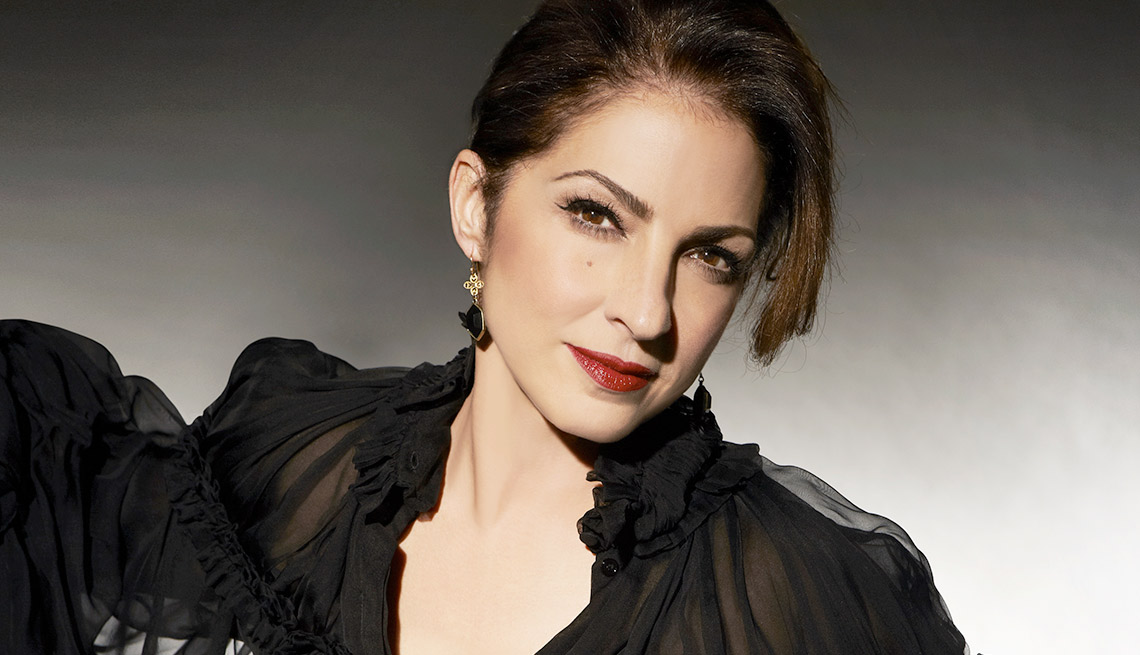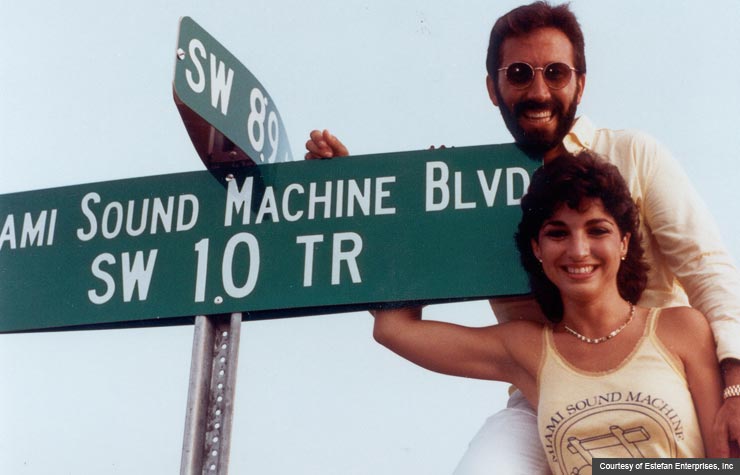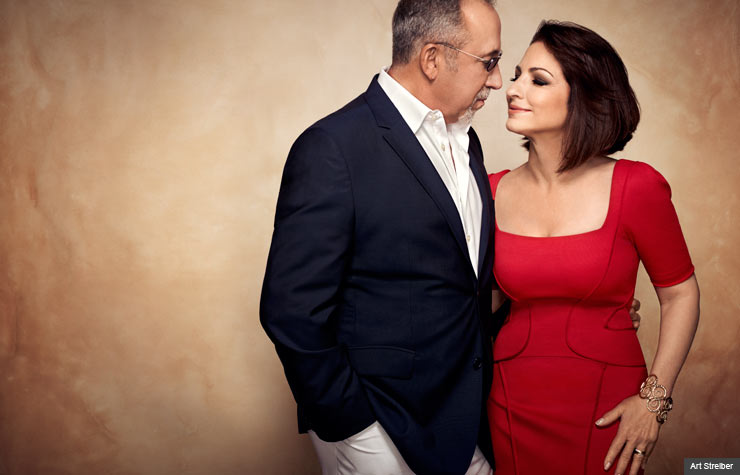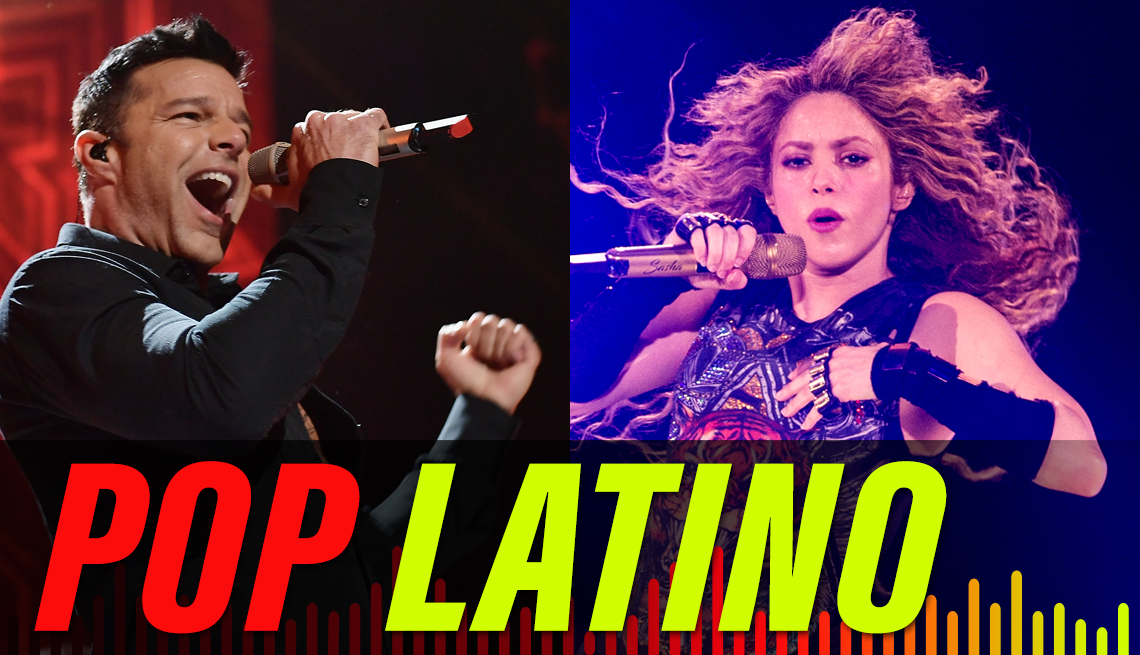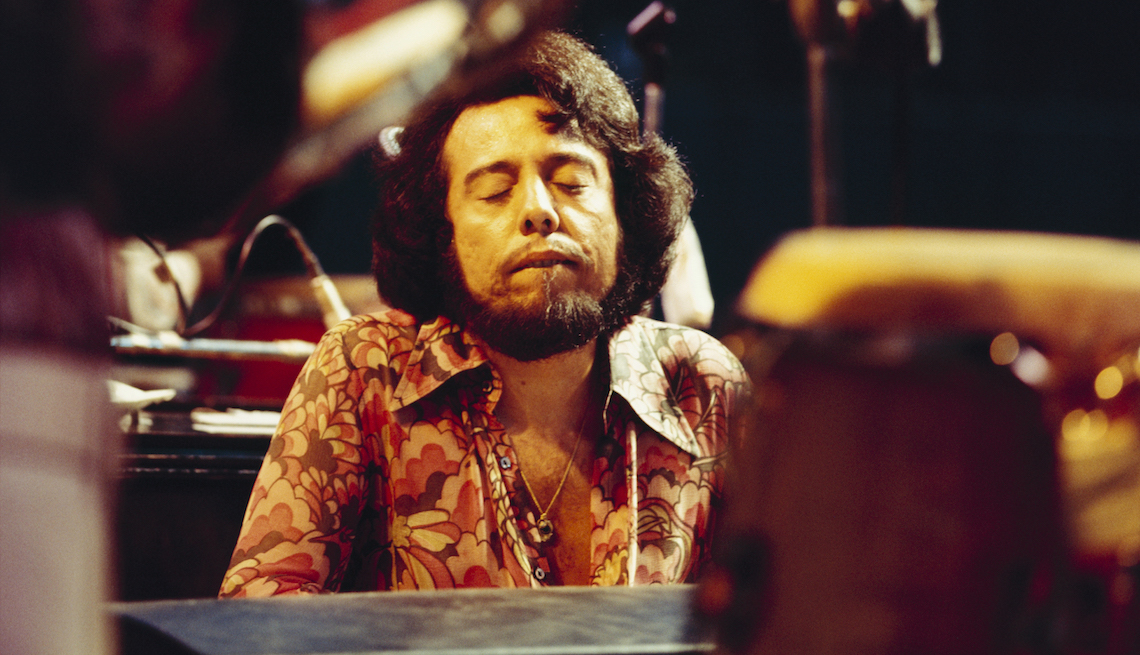Gloria Estefan on 'Rescuing' Some of the Cuban Sound
The Miami Sound Machine hitmaker recalls her influences and her and husband Emilio's fallback plan
- |
- Photos
En español | Latin music was the first one I heard because I was born in Cuba. When we had been gone for two years, my grandmother secretly sent my mom her record collection. So, I grew up listening to the great Latin musicians: Celia Cruz, Cachao, El Gallo, Los Panchos, Javier Solís… la Orquesta Aragón. These were all of my mom’s albums that I listened to at home. I have many musical genes in my family, on both sides. Music was always a big part of our lives.
But I joined the group in 1975 just for fun because I was already studying psychology and communications in college. I met Emilio and soon we started doing weddings, quinces—but then things got bigger. Emilio wanted to record an original album, and he asked me if I had ever written music. I told him that I wrote a lot of poetry and parodies, and could easily try to write a song. We recorded Tu Amor Conmigo, the first song I wrote. From then on, I started writing and we began recording. Little by little, our careers began growing in Latin America. It was always something very fulfilling for us. By the time our son was two years old and we were married, we had to decide whether to dedicate ourselves completely to music. Emilio and I have always been on the same musical page. We thought, we have other careers. If music doesn't work out, we always have something to live on. But if we can make a living with what we love, then let’s give it a shot. And that’s what happened.
We had been able to achieve success and could now show the public where the fusion they were hearing in our music came from. Also, musical growth had come to a standstill in Cuba after the revolution, because the greatest Cuban musicians disappeared from the history books—Celia Cruz, Cachao, even Arturo Sandoval. They were literally taken out of Cuba’s history. So being able to rescue a little bit of what had been the magical Cuban sound that would have come out in the 1940s and ’50s, before politics took over, became a cultural responsibility, something to offer our children and future grandchildren. We worked on that idea for five years and prepared that album while we toured. Everyone said we were crazy, risking our career at that time with such a radical sound. And we told them, “We are doing it because we believe it is our duty. If we don’t do it now, it’s going to be too late.” Mi Tierra keeps selling worldwide. It’s an album that crossed barriers and went across cultures. If Emilio and I could leave one album on this earth, it would be that one. —As told to Ernesto Lechner
Gloria Estefan, 61, has always honored her Cuban heritage through music. Miami Sound Machine recorded seven albums in Spanish before conquering mainstream America with English-language recordings in the mid-’80s. Their first hit single in the U.S was the Latin dance song Conga. Then, in 1993, at the height of her solo fame, Estefan returned to her roots. With husband and musical collaborator Emilio, she recorded Mi Tierra, a collection of songs in Spanish, representing traditional Cuban styles.

